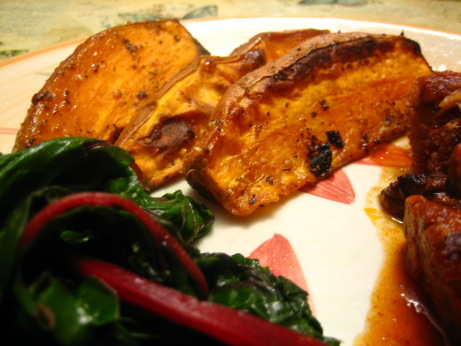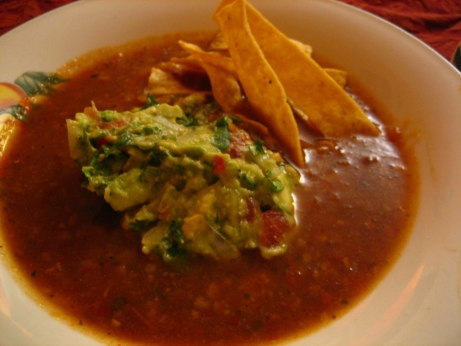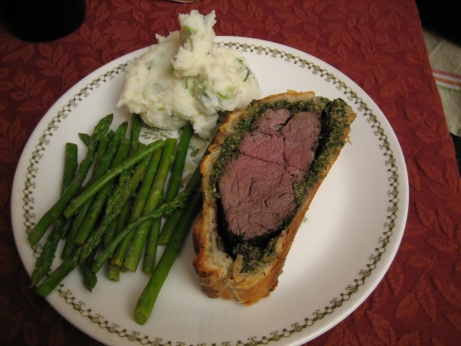I served these sweet potatoes along with Lillie’s North Carolina Chopped Barbecue , and they were a lovely accompaniment. I should have though about the colour palate of our dinner before pairing sweet potatoes and barbecue, the plate was a little orange. You may eat with your eyes first, but the important bit is what happens when you put it in your mouth. On that score these potatoes did very well.
The Good: These sweet potatoes are delicious, simple, and in most other contexts very good looking. A child could make them, you just cut sweet potatoes into wedges, toss with ground coriander, fennel, oregano, red pepper flakes, kosher salt, and oil, and roast for 40ish minutes. It’s an unusual combination of spices, but they worked unexpectedly well together.
The Bad: Wedges are a popular food shape because they’re easy to cut, but they cook very unevenly. The thin edges of the sweet potatoes started to dry out before the interiors fully cooked. This was less of a problem with smaller sweet potatoes, but with any bigger onces I’d try a more uniform shape. I’d consider using a baking sheet you don’t like much for this dish because there was a lot of burned on spices and oil that were difficult to get off.
The Verdict: This recipe was a winner, it was simple, delicious, and took less than ten minutes of my time. Roasted sweet potatoes are always a treat, I love how the exterior puffs up and blisters while the interior melts into a decadent mash. The spice mixture was very present, but didn’t overwhelm the natural goodness of the sweet potatoes. These would be good any time of the year, but I think they’d be exceptional as part of a not-so-traditional Thanksgiving. My Dad loves to scandalize the family by messing with classic Thanksgiving dishes, and this recipe would really fit the bill.


